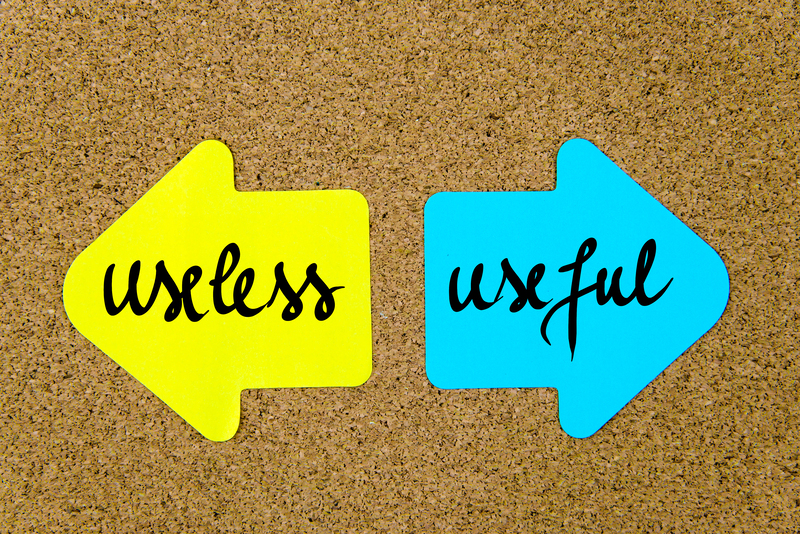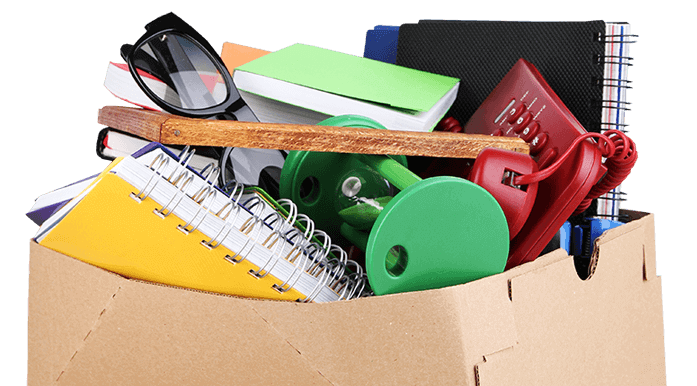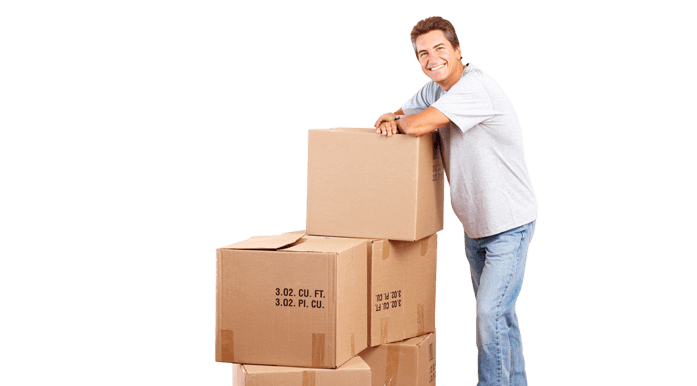Understanding Why Piano Moving is Not a Solo Task
Posted on 21/06/2025
Understanding Why Piano Moving is Not a Solo Task
Moving a piano is a challenge that extends beyond a standard DIY move. Pianos are not just heavy, but also incredibly delicate and intricate in design. Whether you have a classic upright or a majestic grand, understanding why piano moving is not a solo task can save you time, money, and perhaps most importantly, prevent injury or damage to your cherished instrument.

The Unique Challenges of Moving a Piano
Piano moving is unlike moving any other piece of furniture in your home. While many people underestimate the complexity of relocating a piano, even a slight miscalculation can have disastrous consequences. Here are the primary challenges that make piano relocation a job for the experts:
- Weight and Size: Pianos can weigh anywhere from 300 to over 1,200 pounds, requiring multiple people and specialized equipment to move safely.
- Delicate Components: The inner workings of a piano include thousands of small, fragile parts that can be easily damaged by improper handling.
- Irregular Shape: The unique size and shape of pianos make them difficult to maneuver through doorways, stairs, and tight spaces.
- High Value: Many pianos are valuable, both sentimentally and financially, making the risk of damage unacceptable for most owners.
- Safety Concerns: Improper moving techniques can result in serious injury, including muscle strains, broken bones, or worse.
Understanding Piano Anatomy
To fully appreciate why piano moving is not a solo task, it helps to understand the instrument itself. A piano consists of multiple sensitive parts:
- Soundboard: The heart of the piano, responsible for its beautiful acoustics.
- Strings and Hammers: There are typically more than 200 strings and as many hammers, all carefully balanced and tuned.
- Pedals: These components are easily broken if struck or bent during moves.
- Cabinet: The external wooden case, which can be scratched, chipped, or damaged by improper handling.
Just one mistake during the moving process can throw the instrument out of tune or cause irreparable structural damage.
The Dangers of Solo Piano Moving
Physical Injuries
One of the main reasons piano moving should never be a solo task is the risk of personal injury. Attempting to move a piano alone puts you at high risk for:
- Back strains and spinal injuries from improper lifting
- Muscle damage from awkward carrying positions
- Broken fingers or toes if the piano is dropped
- Slips and falls, especially on stairs or wet surfaces
Mishandling a piano isn't just damaging to the instrument--it can be life threatening. Moving a piano solo is simply not worth the risk to your health or safety.
Instrument Damage
Piano moving requires finesse and specialized techniques. Even a small misstep can result in:
- Scratched or dented wood surfaces
- Broken or bent pedals
- Unseated or damaged internal components
- Shifting or snapping strings, which can require expensive repairs
- Completely detuning the instrument, making it unplayable until tuned professionally
Repairing a piano after a moving accident can be costly and sometimes impossible. Amateur moves often result in lasting harm.
Why Professional Piano Movers are Essential
If you're still wondering if you can pull off a solo piano move, consider these essential reasons professional piano movers should always be your first call:
Specialized Equipment
Professional piano moving companies utilize specialized tools such as:
- Piano Dollies: Designed specifically to support weight and structure.
- Moving Pads and Blankets: To protect finishes and fragile elements.
- Ramps: For navigating stairs and uneven surfaces safely.
- Straps and Hoists: For secure lifting and balanced maneuvering.
Having the right equipment is just as important as having enough hands on deck.
Training and Experience
Professional piano movers have been extensively trained to:
- Understand piano anatomy and identify potential weak points
- Apply moving techniques that prevent injuries and damages
- Navigate tight spaces, sharp corners, and stairways
- Packing and securing the piano for transportation over various distances
Experience means they can anticipate problems before they arise, saving you time, money, and stress.
Insurance and Peace of Mind
Reputable piano moving services offer insurance to cover any accidental damage, providing you with peace of mind. Attempting to move a piano alone offers no such protection; any mishap comes out of your pocket.
The Step-By-Step Process of Professional Piano Moving
Planning and Preparation
The process begins with a thorough assessment:
- Measuring the piano and all pathways, doors, and stairwells
- Planning routes in advance, including identifying potential obstacles
- Clearing the area to avoid tripping or crashing into furniture
- Assembling a team and assigning specific roles to ensure coordinated movement
Securing and Protecting the Piano
Before a piano move, professionals will:
- Remove external parts such as music stands and pedals when possible
- Wrap the piano in moving pads and blankets to prevent scratches and dings
- Secure all removable or moveable parts to avoid internal shifting
Moving the Piano
The actual relocation involves several trained professionals working together to:
- Lift the piano using proper techniques that distribute weight evenly
- Place the instrument on a wheeled dolly, ensuring balance and stability
- Maneuver carefully around corners and through doors
- Communicate constantly to coordinate each step, especially when navigating stairs or inclines
Transport and Delivery
Once the piano is safely in the moving truck, it is:
- Secured to prevent shifting during transport
- Monitored for temperature and humidity, as pianos are sensitive to environmental changes
- Moved into its new location, unwrapped, and set up by the team
After any move, it is recommended to allow the piano to acclimate to its new environment before tuning or playing.
Common Myths About Moving Pianos Solo
Myth #1: "It's Just Like Moving a Couch"
Many think moving a piano is similar to large furniture. Yet, the internal mechanisms and exterior finish make pianos much more vulnerable to damage. A single wrong move can create damage far greater than for an ordinary couch.
Myth #2: "With Some Friends, I'll Be Fine"
Even a group of strong friends is no substitute for a trained piano moving team. Experience, knowledge, and proper tools are essential.
Myth #3: "As Long as I'm Careful, Nothing Will Happen"
Carefulness is important but not sufficient. Pianos can slip, doors may be more narrow than anticipated, or weak flooring may give way under the extreme weight.
Who Should Hire Professional Piano Movers?
You should always hire professional piano movers if you:
- Own a high-value or antique piano
- Must move the piano up or down stairs
- Live in a building with tight corners, narrow doorways, or elevators
- Are moving the piano long-distance, even interstate or internationally
- Care about the long-term condition and performance of your instrument
Piano Moving Cost vs. Potential Loss
While the cost of professional piano movers might seem high, it is a fraction of the price you might pay for extensive repairs or replacement. In addition, insurance and expertise offer layers of protection that a solo move cannot match.

Steps to Take Before Moving Your Piano
To prepare for a successful piano move, follow these steps:
- Consult Professional Movers: Get estimates and advice tailored to your piano's size and your home's layout.
- Secure Insurance: Ensure proper coverage if anything unexpected happens.
- Prepare the Route: Remove obstacles from the path and plan for stairs or sharp turns.
- Schedule the Move: Coordinate a time when helpers or professionals are available, and the building allows large item moves.
- Acclimate Your Piano: Once moved, allow your piano to adjust to its new environment before tuning or playing.
Conclusion: Piano Moving is Not a Solo Task for Good Reason
Understanding why piano moving is not a solo task is critical for every piano owner. Pianos are heavy, valuable, and deeply sensitive instruments that require careful handling--far beyond the capabilities of a solo mover. Attempting to move a piano without professional help can result in injury, extensive and costly damage, or the loss of a cherished instrument. Even with the best of intentions, the risks simply outweigh the potential savings.
For your safety, your home's safety, and the longevity of your piano, always rely on trained piano moving professionals for any relocation. In doing so, you protect your investment and ensure your instrument will continue to bring music and joy for years to come.






